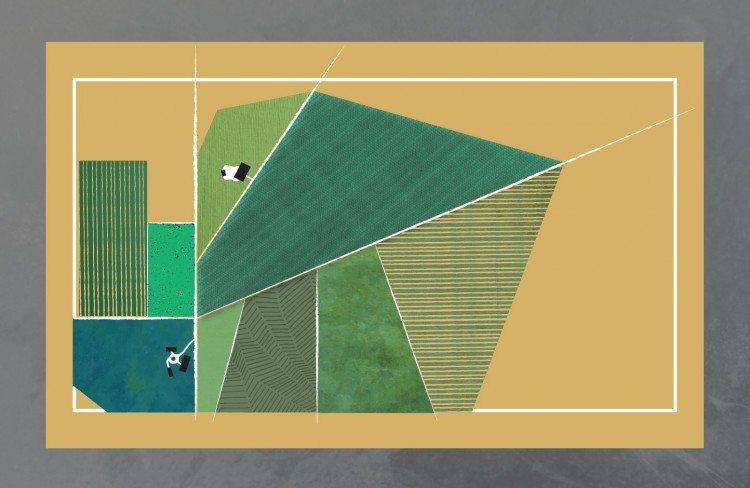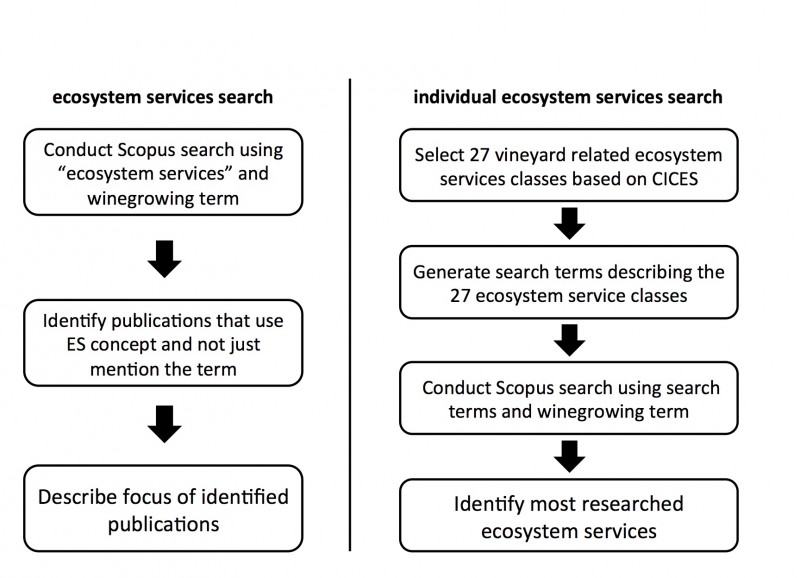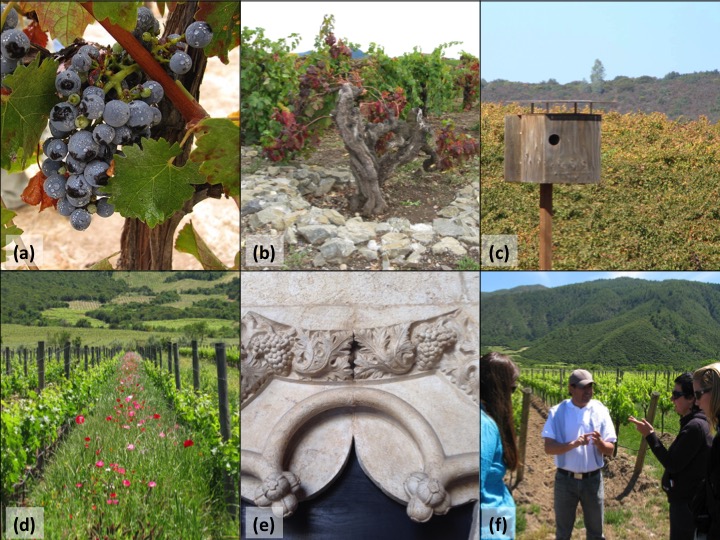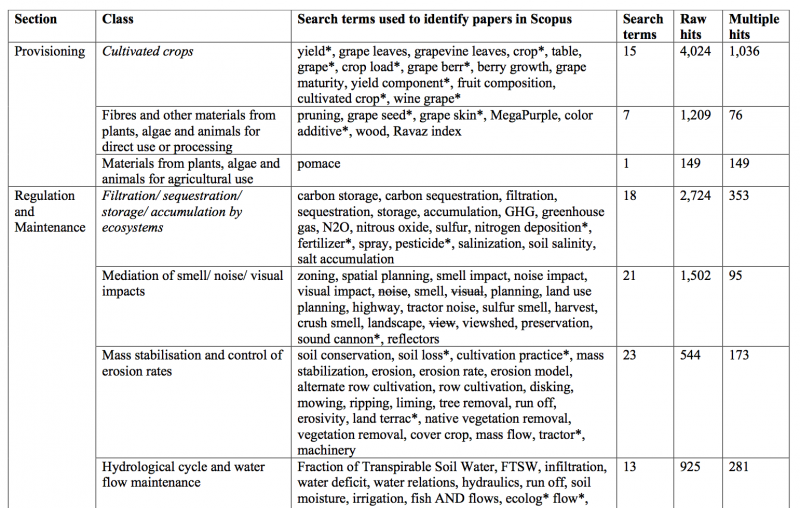
It is no surprise that the natural environment plays a big part in the vocabulary of wine enthusiasts, where “grassy”, “earthy”, and “vegetal” invoke perceptions of vineyards embedded within nature. Although vineyards have been part of Europe’s landscape for centuries, it is poorly known how cultivated vineyards interact with and contribute to the broader environment – its ecosystem and the contributions to humans’ well-being. To date, researchers have explored individual ecosystem services, such as crop yields or pest control, in vineyard systems in a variety of ways. However, most research does not include a broader inquiry into the full suite of ecosystem services, such as cultural values, and the inquiry is not framed using a standard ecosystem services framework.
In our latest research, we checked how a standardized ecosystem service classification (Common International Classification of Ecosystem Services (CICES) works for vineyards as a specific type of ecosystem.

Figure 1: Research process to identify relevant publications. The left side illustrates the search for publications on ecosystem services and vineyards. The right side describes the chosen approach to find publication on individual ecosystem services connected to wine growing.
In our new paper, published open-access in Frontiers in Environmental Science (http://ow.ly/7XLA100F7Rv), we conducted a literature search for the term “ecosystem services” and terms related to wine production using Scopus, a database for peer-reviewed literature (Figure 1). We found 45 publications explicitly studying ecosystem services in vineyards. Of these, only seven apply a holistic ecosystem service approach, while the other 38 just use ecosystem services as a term, without using the underlying concept.
CICES differentiates 42 ecosystem services classes, of which we identified 27 as relevant for vineyard systems (Table 1). For each of these services, we generated vineyard-specific search terms for that service, and conducted a literature search for each search term in Scopus. In the end, this search resulted in more than 4,000 scientific papers on different individual services.
From these thousands of papers, we found that the most often studied ecosystem services included the CICES classes (1) cultivated crop (harvested grapes), (2) filtration, sequestration, storage and accumulation by vineyards (e.g., carbon sequestration), (3) pest control (provided by natural enemies), (4) disease control (by e.g. maintaining natural habitat), (5) heritage, cultural (e.g. vineyard landscapes as UNESCO World Heritage Sites) and (6) scientific services (like our study; Figure 2). We found that (certain) individual ecosystem services are well-studied and relationships between the individual services are less studied.

Figure 2: Photos of the six identified most commonly studied individual ecosystem services: (a) grapes, (b) carbon sequestration, (c) pest control provided by natural enemies living in bird box in vineyard, (d) disease control by e.g. maintaining natural habitat like cover crops, (e) heritage, cultural e.g. grapes along a door in old monastery in Portugal and (f) scientific services.
While it remains unclear to us why not more studies have been published looking at multiple ecosystem services, we believe that the ecosystem services approach can help to go beyond a narrow way of looking at an ecosystem. Managers could use the approach to strengthen their vineyard systems adopting ideas like vinecology, which combines practices of ecology and viticulture by e.g. creating wildlife habitat with vegetation strips in the vineyards.
To our knowledge, we are one of the first to systematically apply CICES in a literature search for a specific ecosystem. Other assessments of ecosystem services have either used other classifications schemes or have adapted the selected scheme for their purposes by for example, changing names of ecosystem services classes or adding classes.

Table 1: Search terms and hits for individual ecosystem service (extract). Top part of the table that gives the number of found publications and the used search terms used to find publications on individual ecosystem services. Complete table can be found in the original publication.
The decision to stick with the CICES classes was both a challenge and an opportunity. Some of the CICES classes are rather technical and others are vaguely defined. Both conditions make it tricky to apply the given classes to a concrete case if you want to stick to the classification. However, the holistic approach of CICES can help to avoid a strict focus on only one service and rather sheds light on the wide range of ecosystem services the ecosystem can provide.
Our research approach of developing a standardized literature search to apply CICES to a concrete ecosystem contributes to a broader conversation in the research community about how to use and apply the ecosystem services framework. Last year, a survey was conducted among 327 researchers to get insights from users of the CICES classification. The goal was both to further develop the CICES system, and also to gather explanatory material with concrete examples. The resulting report finds the standardization as one of the advantages of the CICES and “framing” and “terminology” as the shortcomings, similar to our experience. Other recent efforts include a sampling strategy to find literature on ecosystem services from Schmidt et al. (2017) (http://ow.ly/unoQ100F7Rn ), in order to harmonize research endeavors and to make results better comparable across different projects.
We conclude that a standardized framework like CICES can help to gain an overview of research findings in a certain field of interest, like vineyard landscapes, which provide a variety of ecosystem services. Disciplinary research is most often not using ecosystem services thinking, but produces relevant knowledge only for the individual services. Thus, it is very important to find ways to bridge these differences in the future to allow a well-informed, holistic land management that can support wines that are both delicious to enjoy, and maximizing ecosystem benefits.
